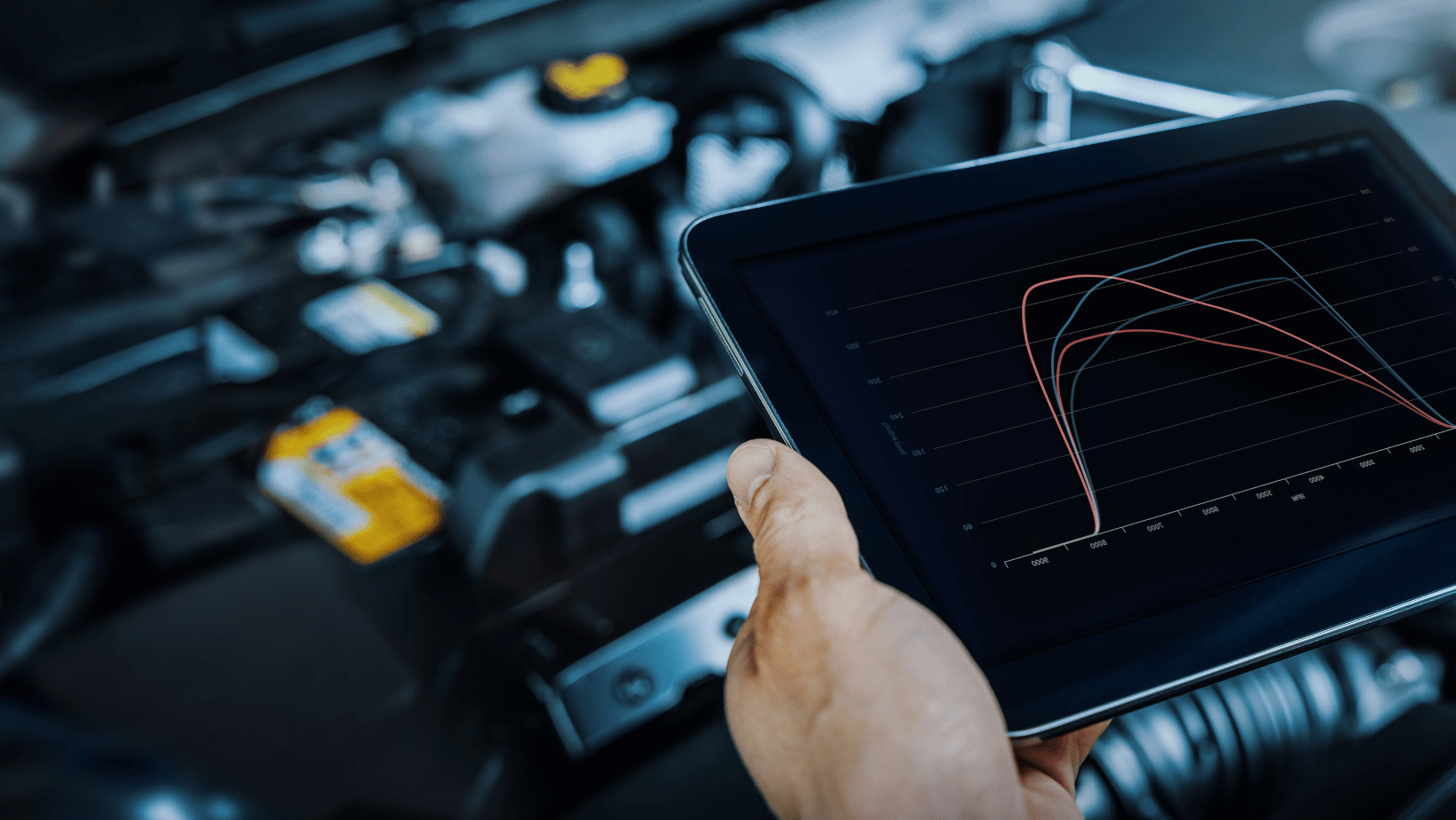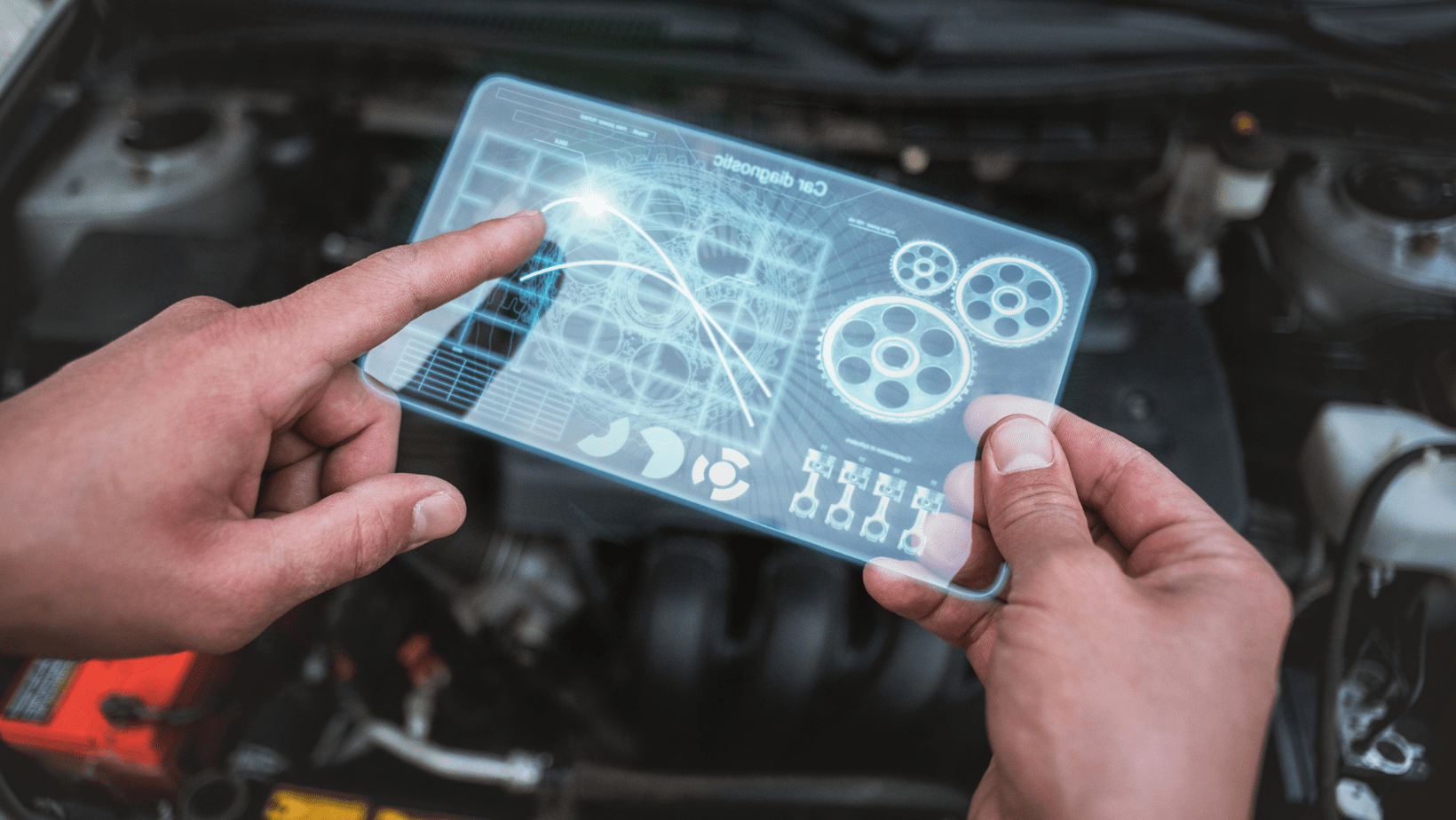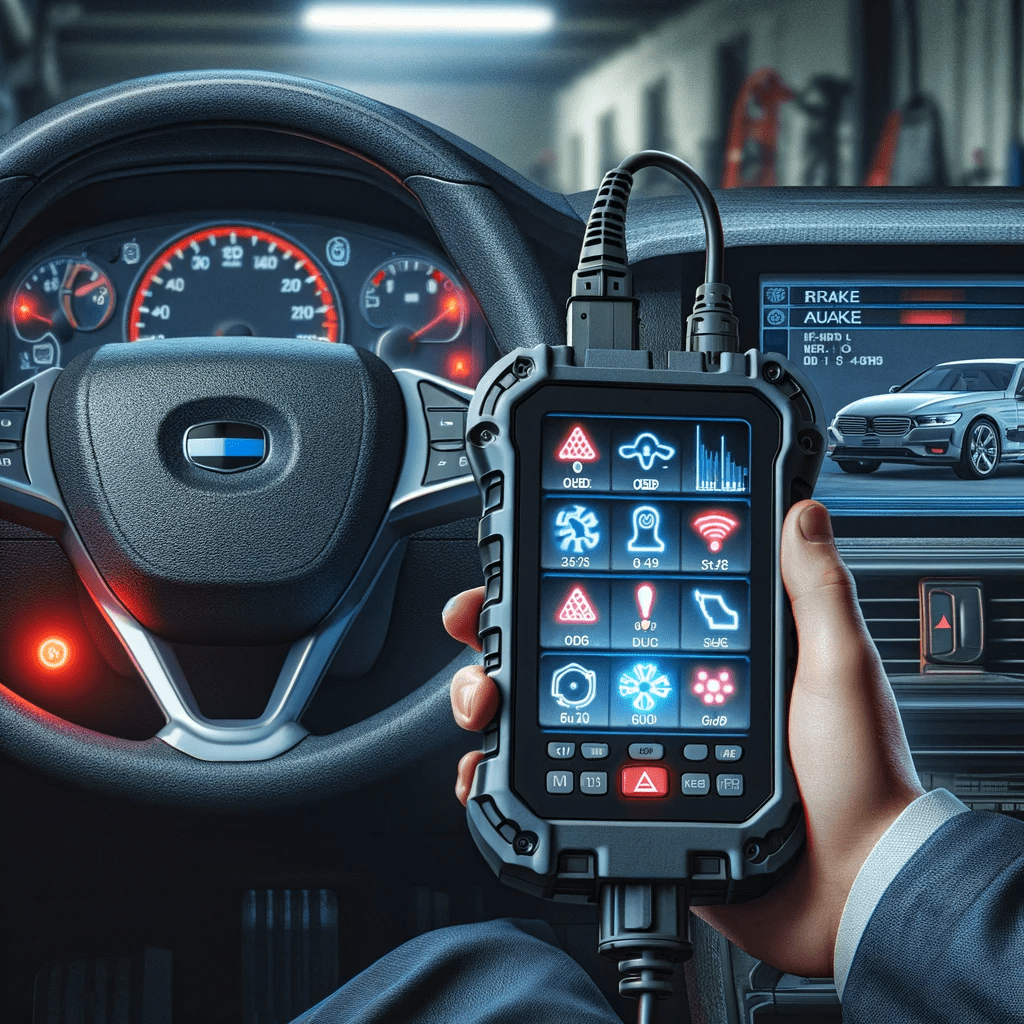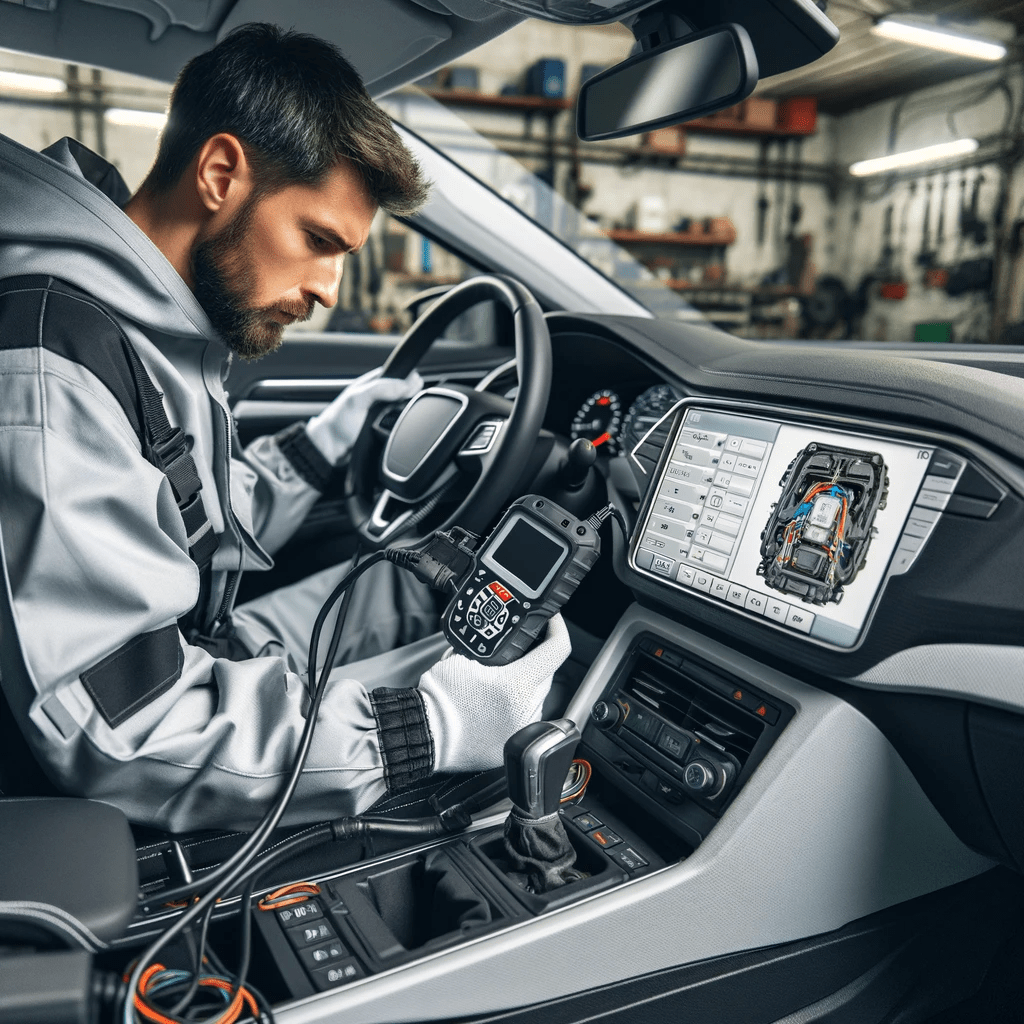Diving into the world of car diagnostics can be overwhelming, but it’s a crucial aspect of maintaining your vehicle’s performance and health. In this comprehensive guide, we’ll explore the basics of car diagnostics, including the necessary tools and techniques, to ensure your vehicle runs smoothly.

Key Takeaways:
- Understanding Diagnostics: Grasping the essentials of car diagnostics for optimal vehicle health.
- Tools Required: Identifying essential diagnostic tools.
- Common Diagnostic Procedures: Insight into regular diagnostic checks.
- Troubleshooting Tips: Effective strategies for identifying common issues.
- Professional Assistance: Knowing when to seek expert help.
Understanding Car Diagnostics
Car diagnostics involve examining various parts of a vehicle to detect any issues affecting its performance. This process is vital for identifying problems early on, which can save time and money in the long run.
Essential Tools for Car Diagnostics
- OBD-II Scanner: Crucial for reading diagnostic trouble codes (DTCs) from your vehicle’s onboard computer.
- Multimeter: Useful for electrical tests, including battery and alternator checks.
- Compression Tester: Helps assess the health of your engine’s cylinders.
Common Diagnostic Procedures
- Battery Testing: Ensuring your battery is in top condition is critical. Learn more about battery testing methods.
- Transmission Check: Diagnosing transmission noises is key to maintaining your car’s performance. For detailed guidance, visit diagnosing transmission noises.
Troubleshooting Tips
- Check Engine Light: If this light comes on, use an OBD-II scanner to read the error code.
- Strange Noises: Pay attention to unusual sounds, which could indicate issues like transmission problems or failing components.
When to Seek Professional Help
While DIY diagnostics can be effective, some issues require a professional’s touch. Complex problems, such as shift solenoid issues, are best handled by experts. Learn about shift solenoid problems.
Car warning lights
| Warning Light | Meaning | Recommended Action |
|---|---|---|
| Check Engine Light | Engine/System Malfunction | Seek professional diagnostics to identify the issue. Avoid heavy driving until resolved. |
| Battery Alert | Battery Charging Issue | Check battery condition and charging system. Immediate attention may be required. |
| Oil Pressure Warning | Low Oil Pressure | Stop driving immediately. Check oil level and pressure. |
| Temperature Warning | Engine Overheating | Pull over and let the engine cool down. Check coolant levels and for leaks. |
| Brake System Warning | Brake System Problem | Check brake fluid levels and brake system. Do not drive if brakes are unresponsive. |
| ABS Warning Light | Issue with Anti-lock Braking System | Brakes will still work but without ABS. Get the system checked as soon as possible. |
| Airbag Indicator | Airbag System Fault | Airbags may not deploy in an accident. Professional inspection is necessary. |
| Tire Pressure Warning | Low Tire Pressure | Check and adjust tire pressure. Inspect tires for punctures or damage. |
| Fuel Indicator | Low Fuel Level | Refuel as soon as possible to avoid getting stranded. |
| Transmission Temperature | Transmission is Overheating | Stop driving if safe to do so. Check transmission fluid level and condition. |
| Service Vehicle Soon | General Vehicle Maintenance Required | Schedule a service appointment to diagnose potential issues. |
Conclusion
Understanding the basics of car diagnostics is a fundamental skill for any car owner. Regular checks and early detection of issues can significantly enhance your vehicle’s performance and lifespan. However, don’t hesitate to seek professional assistance when faced with complex issues.





